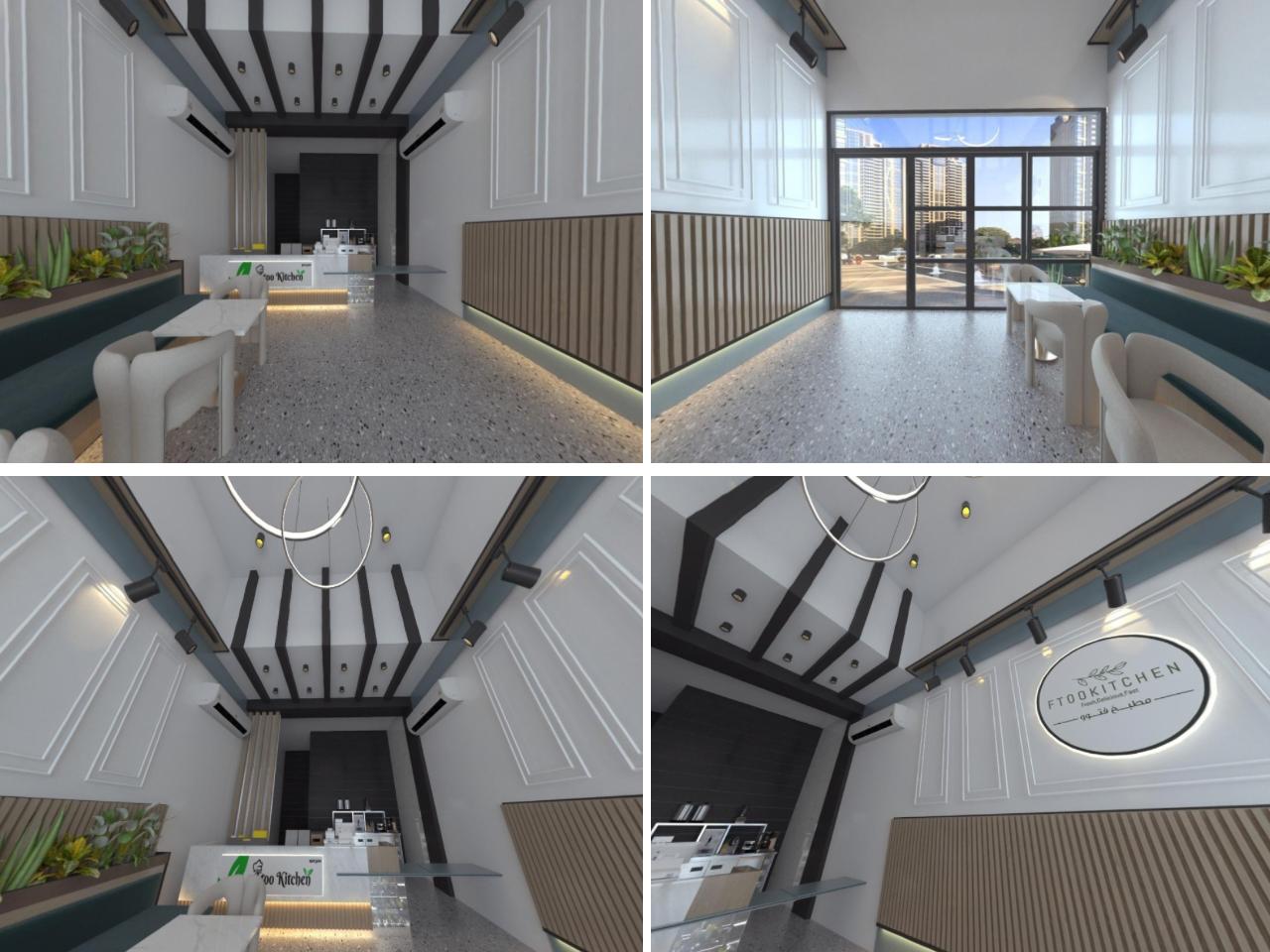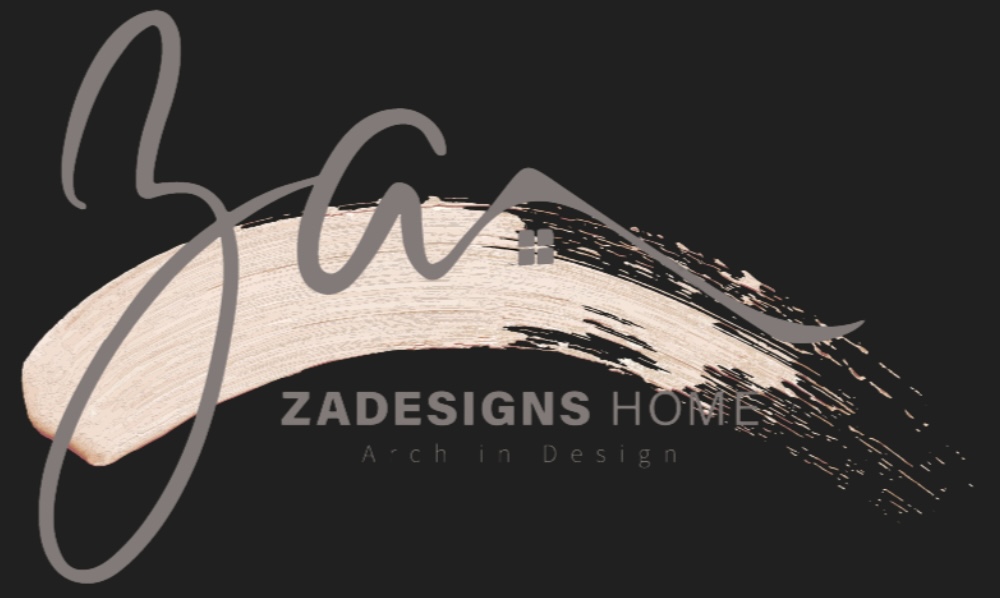Commercial Interior Design in Saudi Arabia: Elevating Business Spaces for Performance and Brand Identity

Introduction
Your commercial space is more than walls and furniture.
It is your brand’s silent salesperson — influencing how clients perceive you and how employees perform daily.
In Saudi Arabia’s fast-evolving business landscape, commercial interior design has become a strategic tool that shapes customer experience, productivity, and brand value.
This article explores how design transforms business performance and how to create a space that works as hard as your business does.
Why Commercial Interior Design Matters
Effective design connects space to business goals.
It ensures your office, showroom, or restaurant does three critical things:
- Reflects your brand identity
- Enhances employee performance and comfort
- Drives customer engagement and retention
A poorly designed workspace drains focus and energy.
A well-designed one boosts morale, flow, and profitability.
Key Elements of Commercial Design Excellence
- Brand Integration
Your brand should live in the design — not just in the logo.
- Use your color palette and core values in material selection and lighting tone.
- Shape furniture layout around how your team collaborates and how customers move.
Example: a financial office using matte textures and neutral tones signals stability and trust; a café using warm wood and light fabric communicates comfort and community.
- Lighting and Acoustics
Balanced lighting enhances focus and mood.
- Combine natural and artificial lighting to maintain visual energy.
- Use acoustic panels or wood slats to control echo and create intimacy in open spaces.
- Space Flow and Zoning
Design defines behavior.
- Plan separate zones for work, meeting, rest, and social areas.
- Use transparent partitions to maintain openness while ensuring privacy.
- Material Selection
Durable materials reduce maintenance costs and enhance longevity.
- Use ceramic or porcelain tiles for heavy-traffic zones.
- Integrate wood veneers, metal accents, and natural stone for elegance and identity.
- Sustainable Systems
Energy-efficient lighting, smart thermostats, and eco-certified materials reduce operating costs and align with Vision 2030 sustainability goals.
Types of Commercial Projects
- Corporate Offices – Focused on collaboration, privacy, and modern flexibility.
- Retail Spaces and Showrooms – Designed to create memorable customer journeys.
- Hospitality and Cafés – Focused on atmosphere, comfort, and repeat visits.
- Medical and Wellness Centers – Centered around hygiene, flow, and trust.
- Real Estate and Sales Galleries – Showcase design as a reflection of investment value.
The Role of Design in Employee Productivity
- Open layouts increase collaboration.
- Natural light and ergonomic furniture reduce fatigue.
- Calm color schemes improve focus and reduce stress.
Studies by Harvard Business Review show that optimized workspace design can improve employee performance by up to 20% and retention by up to 25%.
ZADesigns Home Approach
At ZADesigns Home, we merge brand psychology with functional design to deliver commercial spaces that perform.
We specialize in:
- Custom design solutions aligned with your business objectives.
- Use of sustainable and premium materials.
- Efficient space planning for productivity and client experience.
- End-to-end project management ensuring quality and on-time delivery.
Conclusion
A well-designed commercial space is an investment in performance and perception.
It communicates who you are, motivates your team, and makes your clients stay longer and spend more.
If your space doesn’t tell your story yet, it’s time to redesign it with intention.
